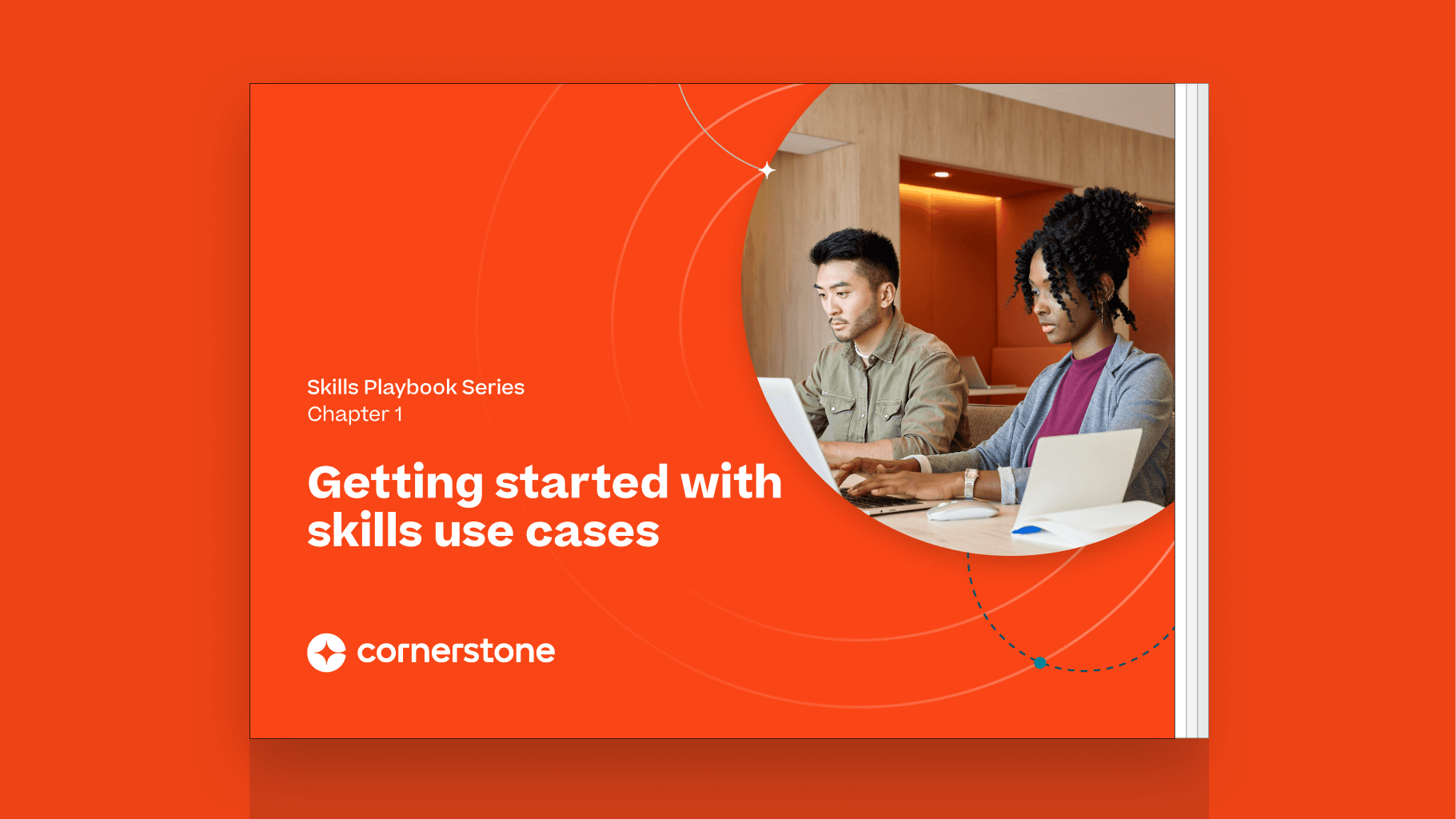For seven years when I worked at a nonprofit, harassment training meant popping in a VHS tape for my team and sitting through cringe-worthy scenarios filled with innuendos and bad puns. People would leave thinking, "Hey, I've never been harassed,” or “I'm not a harasser, this doesn’t apply to me."
Our diversity training felt similarly abstract. One in-person session might bring up feelings of guilt, frustration, confusion or anxiety, but you’d leave wondering, "So how do I talk about this? What does this mean for my work?"
This old way of training clearly wasn’t having a meaningful impact on employees. And unfortunately, it’s the experience of many workers across all types of organizations.
As head of Cornerstone Studios, I’ve had the opportunity to make these types of training more valuable and actionable.
My team knew that if we could focus on the best of diversity training — getting people to inherently communicate better — we could help employees really understand how to interact with each other at work. We’d also be able to move organizations beyond just checking a box and give them practical ways to infuse diversity, equity and inclusion (DEI) into all areas of their business.
No matter what you're training, an environment that facilitates conversation is key. That comes back to a manager's empowerment to say, "How can we collectively get better at this? How can I facilitate this conversation for the betterment of our team and our organization?"
Our creative team at Cornerstone Studios is dedicated to creating learning content to help frontline managers build the space for these meaningful conversations. With that in mind, we’ve identified the four most essential components that all DEI training should incorporate.
Perhaps the most important takeaway from diversity training should be that we all have biases and blind spots.
In the workplace, we’re constantly interacting with different people. Many times we inadvertently or subconsciously engage in ways that are offensive or off-putting, resulting in people feeling put down or creating division.
It can be scary to recognize that you have unconscious bias. And it can be scary for an employee to say the wrong thing at the wrong moment. But by learning how to recognize where blind spots might get in the way, we can learn to have more moments of meaningful conversation.
Plus, recognizing that you have bias is the first step toward being able to take action — regardless of your level in the organization. One of our top executives took an unconscious bias training. He told us in no uncertain terms: “Before I took it, I would have sworn to you that I wasn't biased. And now I swear that I am...full stop.”
If we can get people to leave the training with a new insight about themselves and then some tangible ways to improve that are practical, that's how you create real change.
Many workers have a decent sense of what situations and language are inappropriate for the workplace. But while a lot of learning content focuses on identifying those behaviors, we really wanted to answer the question: If you encounter troubling behavior at work, how should you react to it?
Most people associate sexual harassment with overt, almost assault-like interactions. And that can happen, but what happens far more often are the subtle things or the conversations in the room when no one else is there.
Those are the types of things that we wanted to disrupt — by knowing how to shift attention from the offending behavior and throwing a lifeline to someone who might feel uncomfortable.
It could be something as simple as dropping a coffee cup in a tense situation, or simply cutting in to ask, “Hey, Angela, can I talk with you for a minute?” if you notice someone who might be receiving inappropriate attention who needs an “out.” You don’t need to be a hero, but you should feel confident in how a small step might help.
Maybe there’s been a time at work when you’ve felt like you should have acted to call out discrimination or bias, but didn’t feel like you could — either you weren’t sure if it was the right moment to step in, or if you had the authority to.
Training is a great way to empower your employees to use good judgment to make these types of decisions. It can help people learn how to create opportunities to influence situations without needing to be the person “in charge.” By supporting team accountability, you’re also positioning employees to drive change from within.
One example I often think about is, before the pandemic, a video surfaced of a paying passenger who was forcibly dragged off an overbooked flight. Plenty of frontline employees witnessed this happen. Would the situation have looked different if they had had training and felt empowered to make a different decision in the moment?
If team members feel safe discussing issues and problems, and if they feel safe raising concerns, they are more likely to be comfortable talking openly about mistakes and how to learn from them. They’ll feel empowered to raise your hand and say, “This doesn’t feel right. Are we doing the right thing?” They’ll want to work together to discover any underlying assumptions that might be interfering with progress.
A simple psychological safety survey is a great way to take the pulse of how comfortable your teams feel about embracing new ideas or talking through problems.
I pride myself on having built a team that is highly collaborative and highly autonomous at the same time, which is a tricky balance. But over time, I’ve realized I have a bias toward people who are willing to speak up in meetings and speak fast. I’m like that, so that’s what I’m comfortable with.
But one of my direct reports recently called me out on it. She told me I move on too quickly in meetings, without allowing space for everyone to participate. It was so powerful because we had trust in our relationship. It took a lot of trust for her to tell me that, but it was important feedback for me to hear and learn how to adjust my behavior.
Learning content by itself is not a solution to all diversity or compliance issues, but, if done right, it can set your employees on a better path.
When diversity training is rooted in these four pillars, there’s space for dialogue to flourish. It’s easier to build a workforce of empowered employees willing to admit their bias, take action, work together and speak out — communicating clearly and interacting respectfully.
Our own team has taken a lot of these lessons to heart, scanning all our content programs for areas where bias might be creeping in and calling it out when we see it.
We’ve pushed ourselves looking beyond for opportunities to authentically bring diversity to even more of our content; for example, there’s no reason why a person who uses a wheelchair can only host a training video on compliance with the Americans with Disabilities Act.
Perhaps most crucially, building workplace diversity strategies around these pillars can help create a safe environment for dialogue in the workplace.
That can be hard, but no one is beyond this. No one eliminates unconscious bias. No one graduates from these topics. These are not skills that can be broken out into entry-level, intermediate and advanced designations. These are skills that we all need to revisit for our entire careers.
The point of creating psychological safety is not to shame people who might have biases. It’s to accept that these biases exist and we all have them. It’s to have meaningful dialogue about how to respect your coworkers. It’s to apologize when you’ve been hurtful. It’s to commit to doing and being better.

